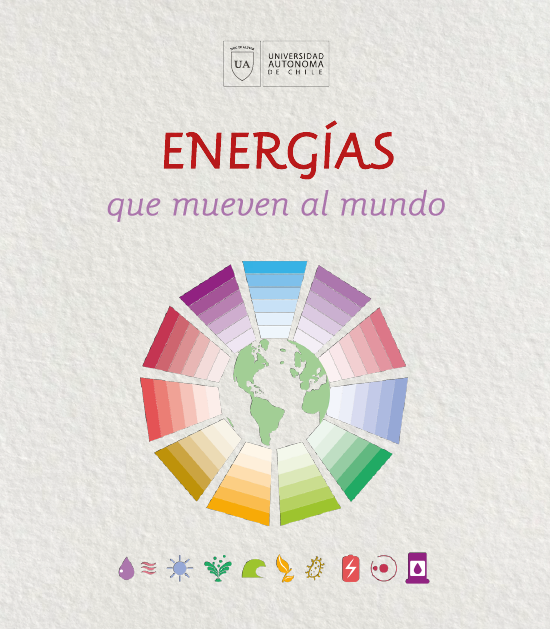Mostrar el registro sencillo del ítem
Use of Chitosan-Based Polyelectrolyte Complexes for Its Potential Application in Active Food Packaging: A Review of Recent Literature
| dc.contributor.author | Alvarado, Nancy | |
| dc.contributor.author | Abarca, Romina L. | |
| dc.contributor.author | Linares-Flores, Cristian | |
| dc.date.accessioned | 2024-04-18T07:34:16Z | |
| dc.date.available | 2024-04-18T07:34:16Z | |
| dc.date.issued | 2023 | |
| dc.identifier | 10.3390/ijms241411535 | |
| dc.identifier.issn | 16616596 | |
| dc.identifier.uri | https://hdl.handle.net/20.500.12728/11219 | |
| dc.description.abstract | The current challenges in the food packaging field are, on one side, replacing plastic from non-renewable sources with biopolymers and, on the other hand, generating a packaging material with attractive properties for the consumer. Currently, the consumer is ecologically concerned; the food packaging industry must think ahead to satisfy their needs. In this context, the utilization of polyelectrolyte complexes (PECs) in this industry presents itself as an excellent candidate for fulfilling these requirements. PECs possess enticing characteristics such as encapsulation, protection, and transportation, among others. On the other hand, diverse types of biopolymers have been used in the formation of PECs, such as alginate, cellulose, gelatin, collagen, and so on. Hence, this paper reviews the use of PECs in food packaging where chitosan forms polyelectrolyte complexes. © 2023 by the authors. | es_ES |
| dc.description.sponsorship | ANID Fondecyt, (11200569) | es_ES |
| dc.language.iso | en | es_ES |
| dc.publisher | Multidisciplinary Digital Publishing Institute (MDPI) | es_ES |
| dc.subject | chitosan | es_ES |
| dc.subject | food packaging | es_ES |
| dc.subject | polyelectrolyte complexes | es_ES |
| dc.title | Use of Chitosan-Based Polyelectrolyte Complexes for Its Potential Application in Active Food Packaging: A Review of Recent Literature | es_ES |
| dc.type | Article | es_ES |


